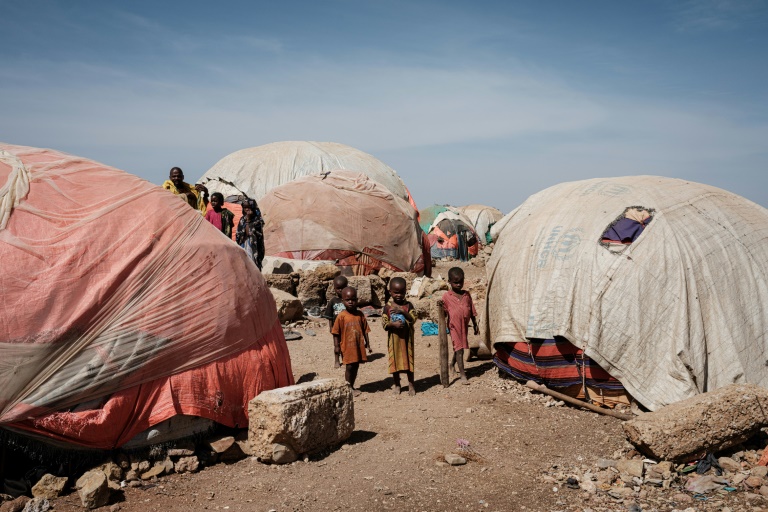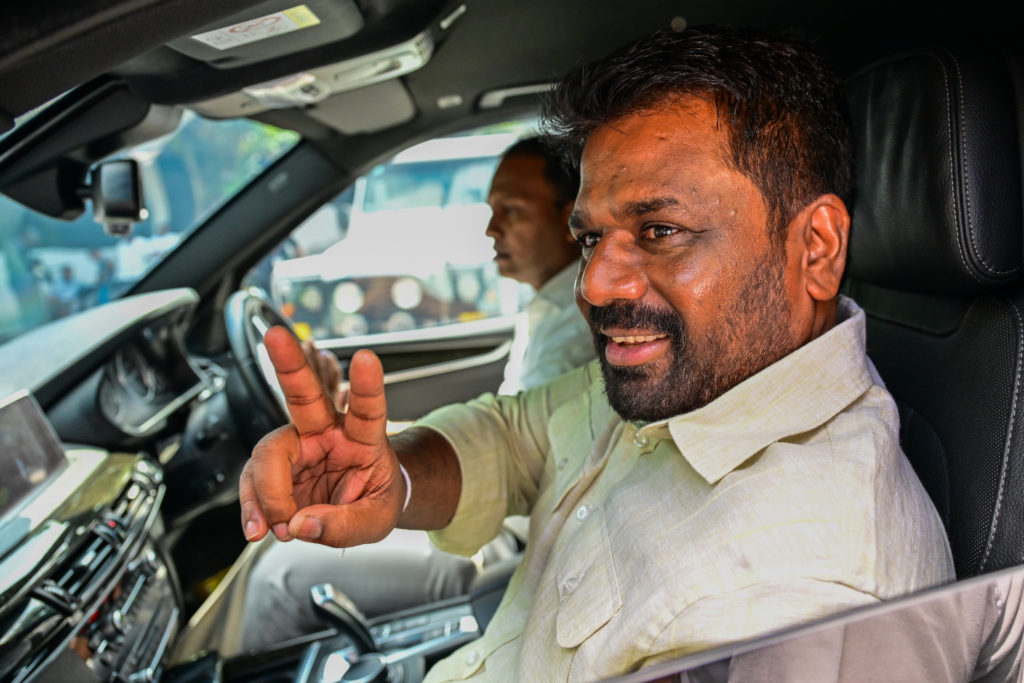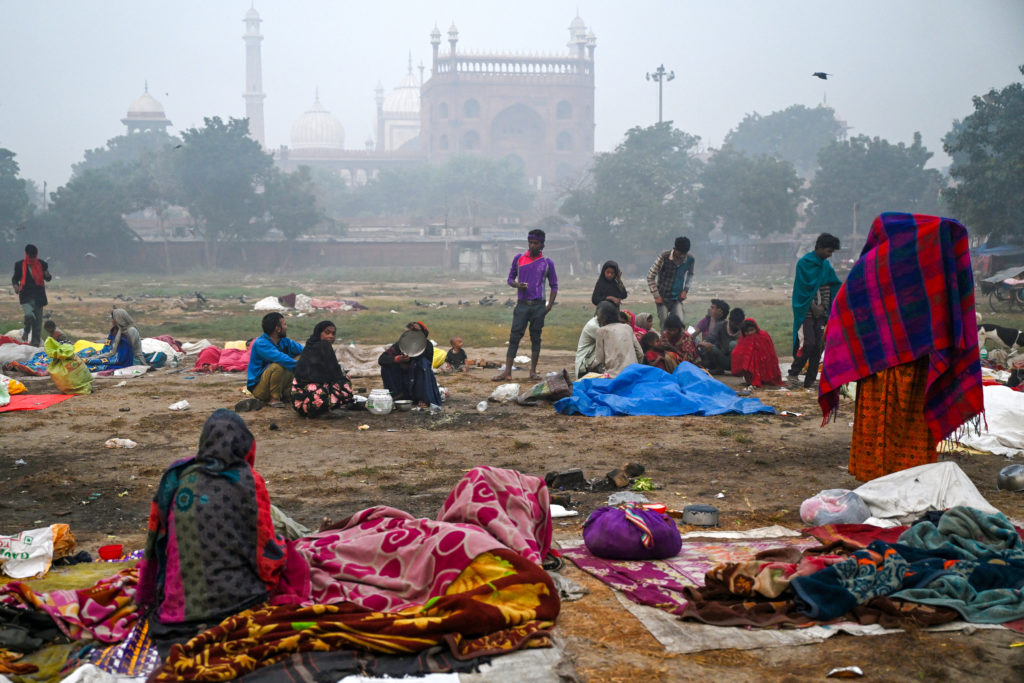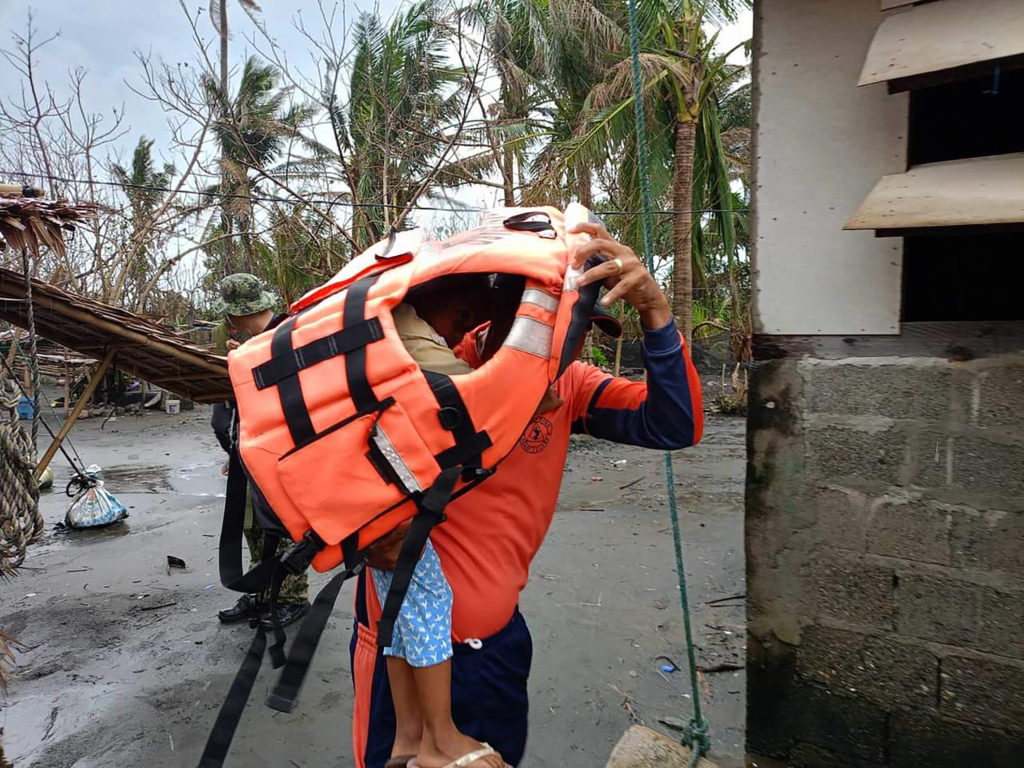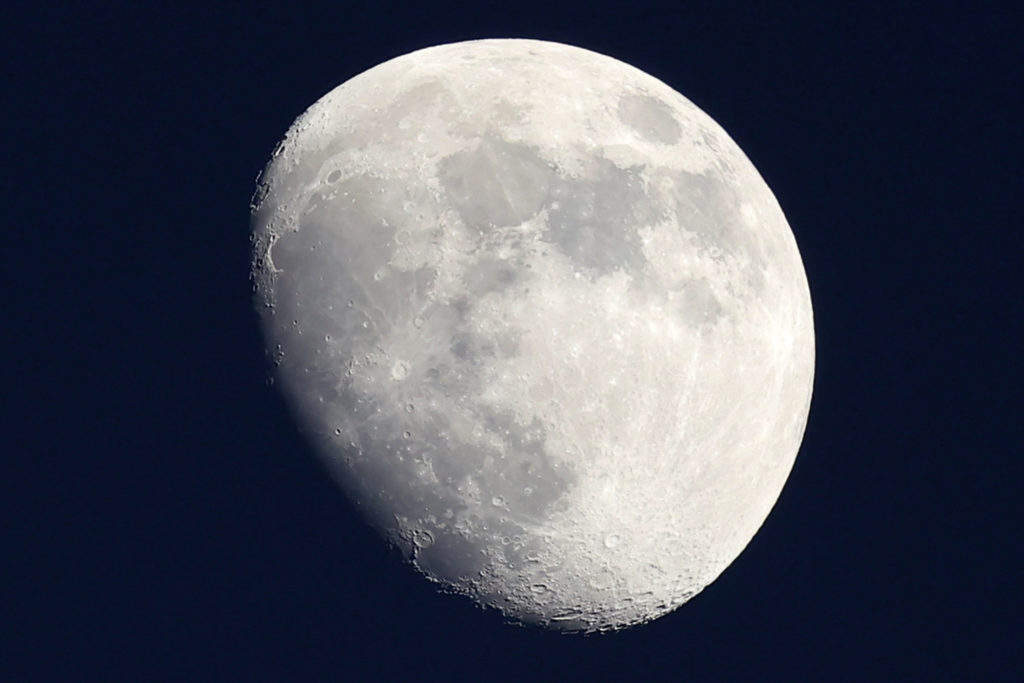Millions of people in Somalia are at risk of famine, with young children the most vulnerable to the worsening drought in the troubled Horn of Africa nation, UN agencies warned on Tuesday.
“Somalia is facing famine conditions as a perfect storm of poor rain, skyrocketing food prices and huge funding shortfalls leaves almost 40 percent of Somalis on the brink,” the agencies said in a statement.
Many parts of Somalia are being ravaged by drought that has also taken hold in other countries in the region including Ethiopia and Kenya, but the UN agencies warned of a major funding shortfall to address the crisis and avoid a repeat of the 2011 famine.
“We are literally about to start taking food from the hungry to feed the starving,” the UN World Food Programme’s Somalia representative El-Khidir Daloum said in a statement, describing the country as “on the cusp of a humanitarian catastrophe”.
Six million Somalis or 40 percent of the population are now facing extreme levels of food insecurity, according to a new report by the Integrated Food Security Phase Classification, almost a two-fold increase since the beginning of the year, the agencies said.
The joint statement by the WFP, the UN’s Food and Agriculture Organization (FAO), the humanitarian agency OCHA and the United Nations Children’s Fund said “pockets of famine conditions” were likely in six areas of Somalia.
They said children under the age of five were the most vulnerable, with access to food and milk scarce because of rising commodity prices and livestock issues.
About 1.4 million children face acute malnutrition through the end of the year, with around one quarter facing severe acute malnutriton, the statement said.
Together, humanitarian agencies had been able to supply aid to almost two million people but the UN warned of a “critical gap” in donor funding, with a 2022 plan seeking $1.5 billion reaching only 4.4 percent of the target.
In the 2011 famine, 260,000 people — half of them children under the age of six — died of hunger or hunger-related disorders.
Natural disasters — not conflict — have in recent years been the main drivers of displacement in Somalia, a war-torn nation that ranks among the world’s most vulnerable to climate change.

